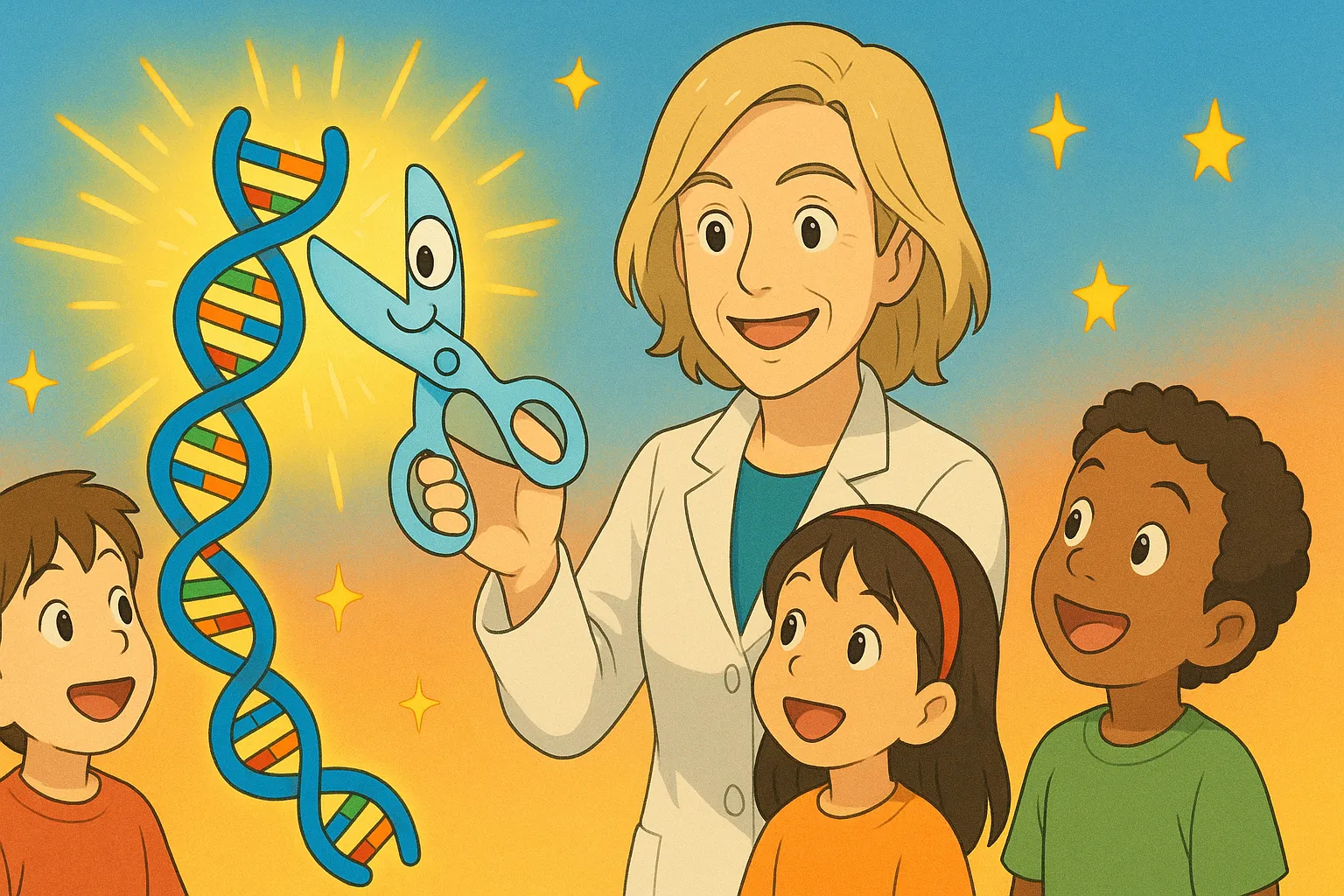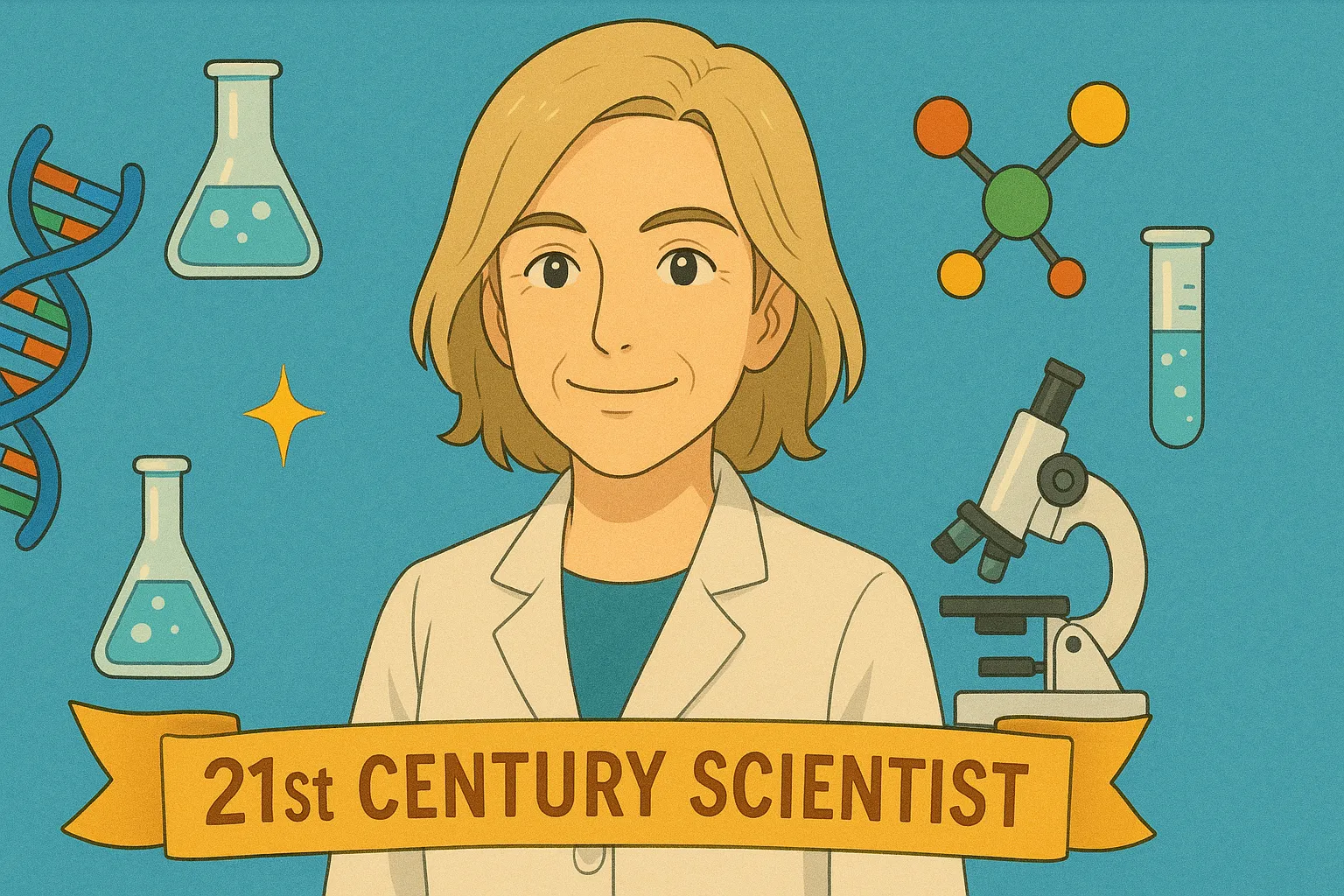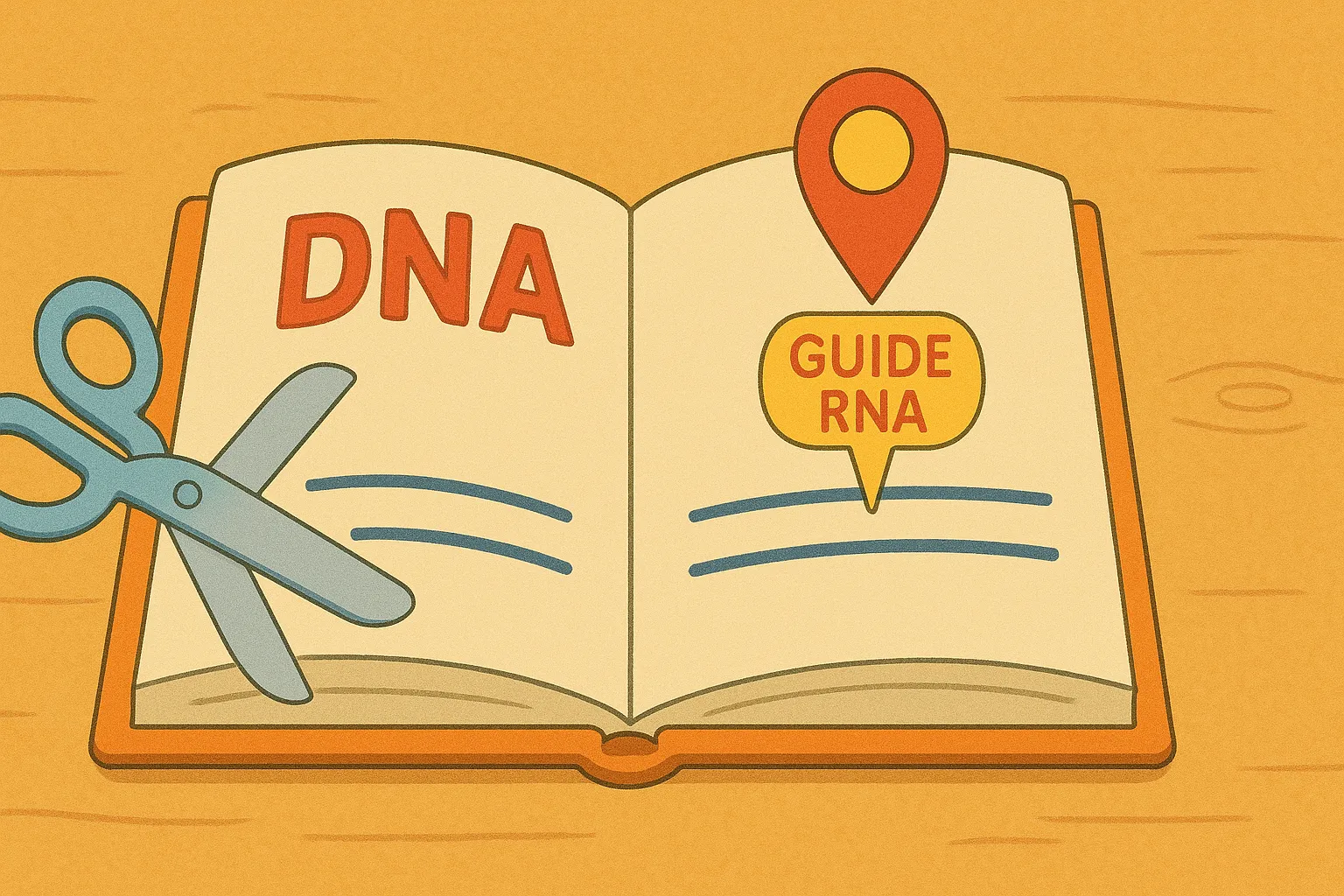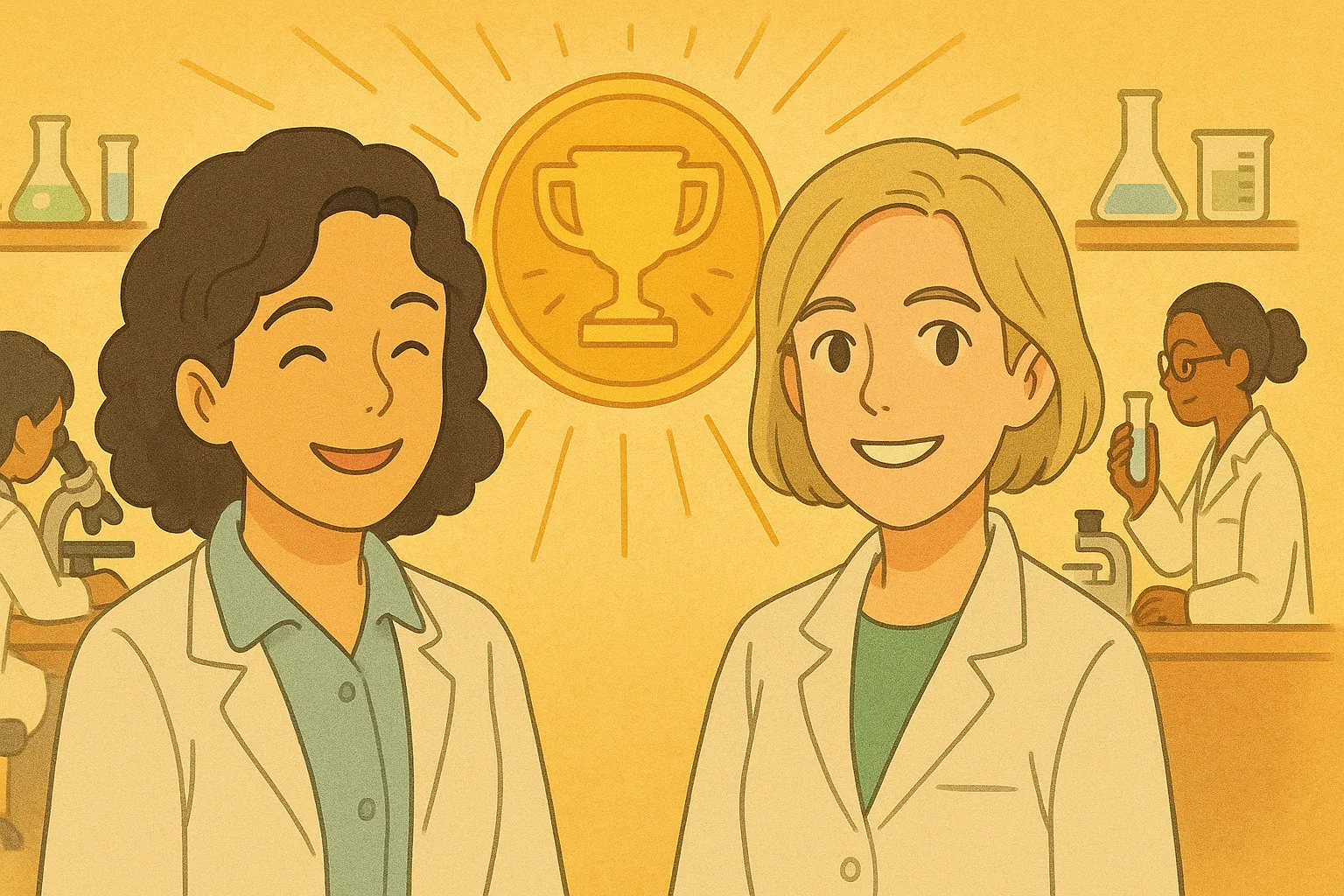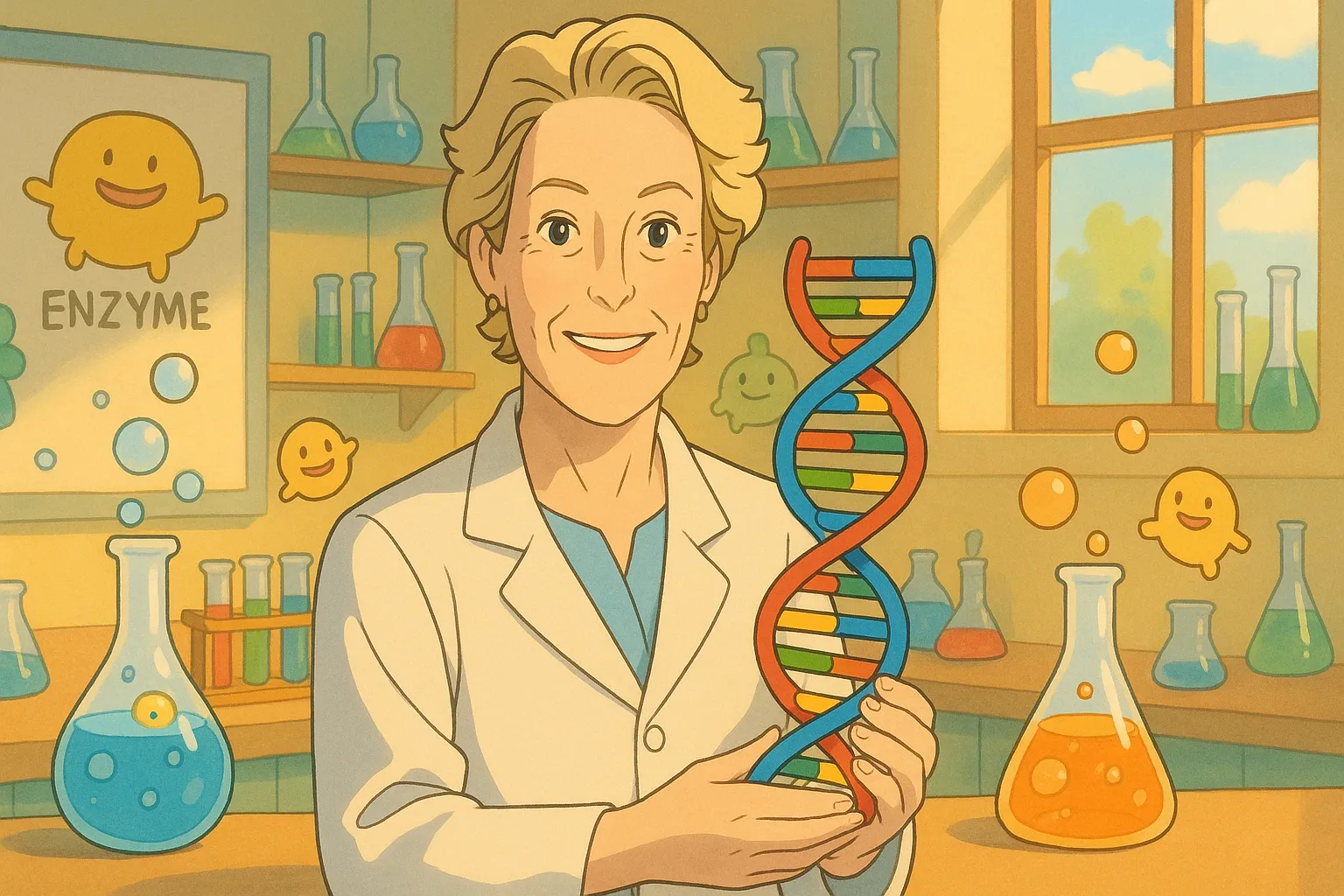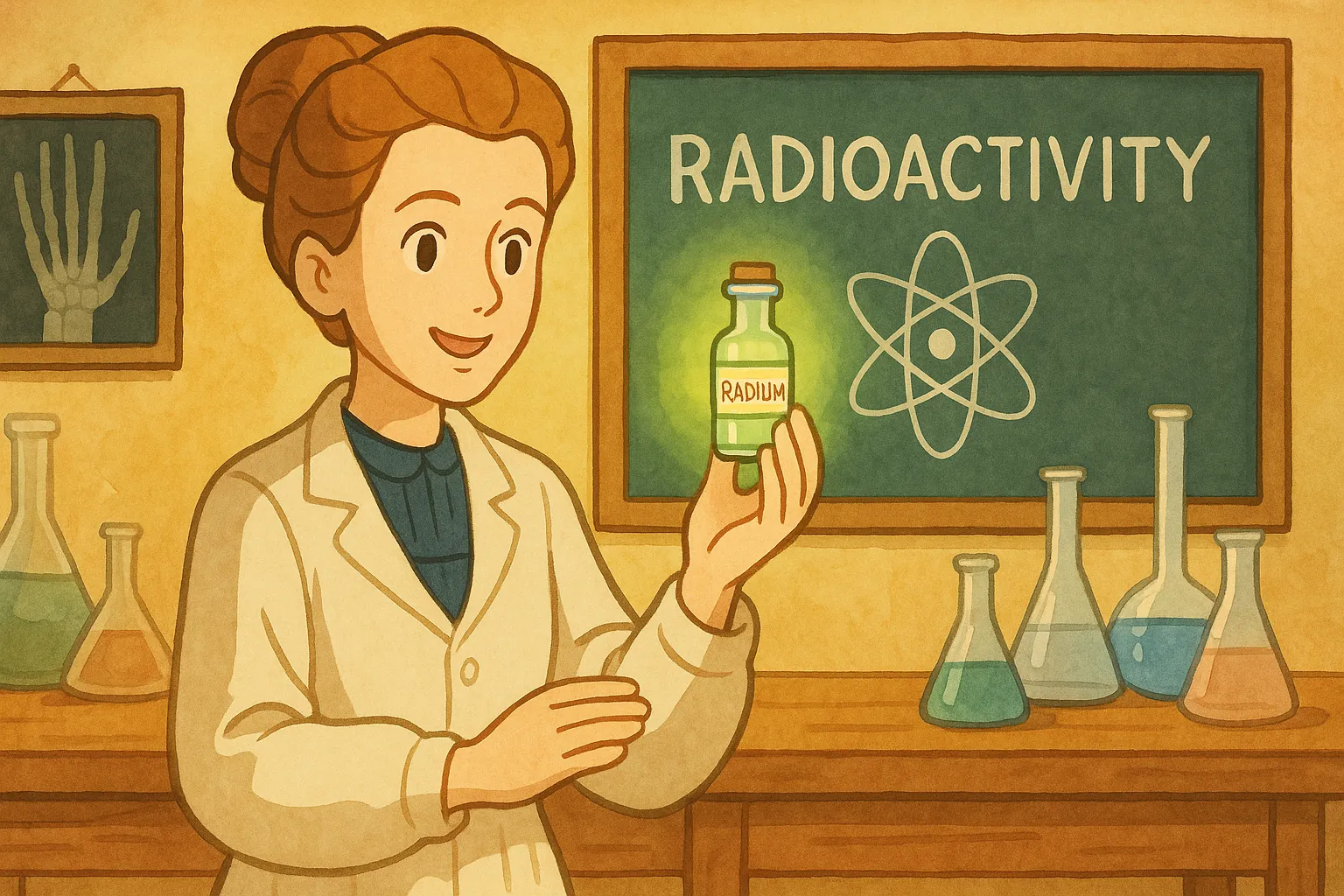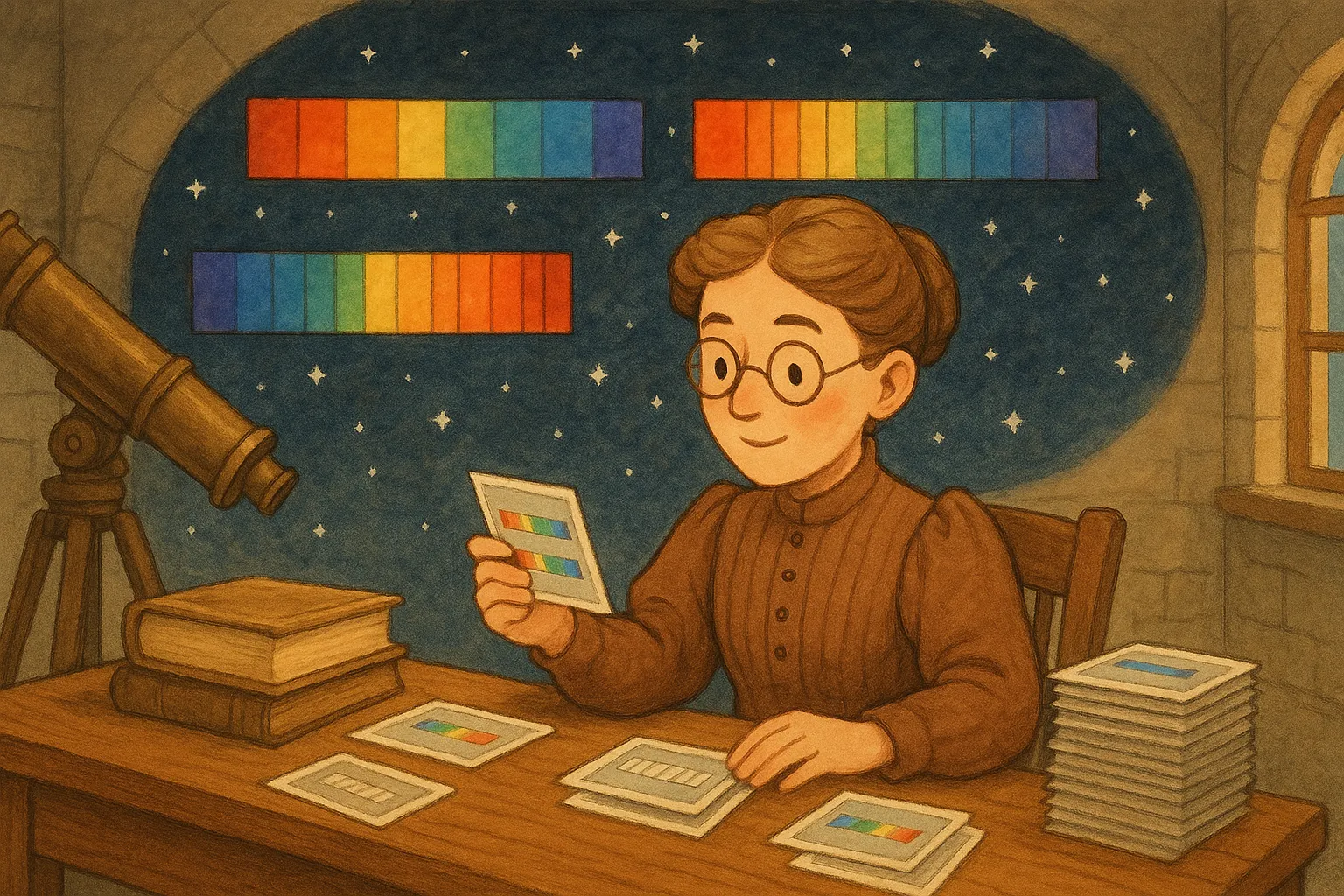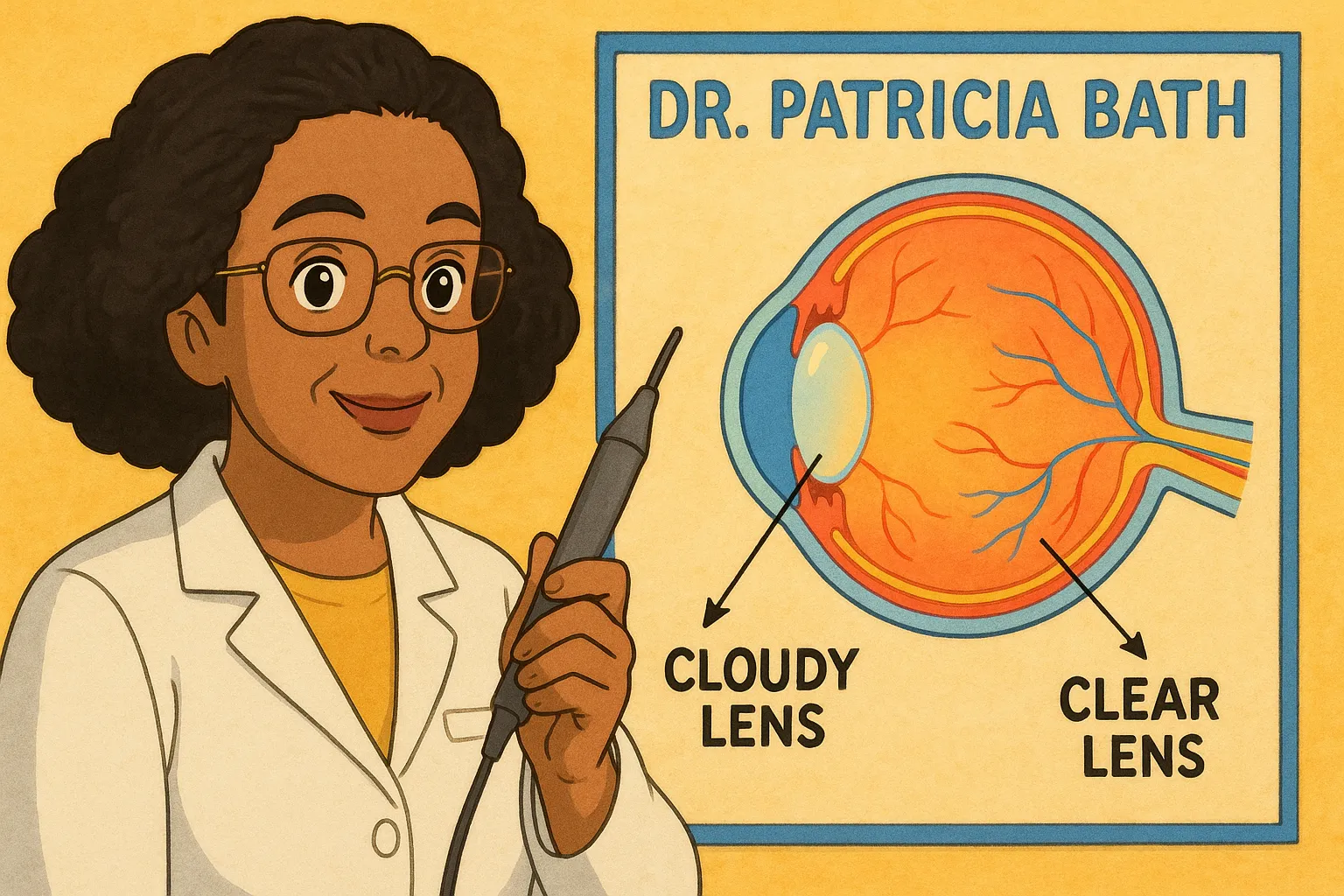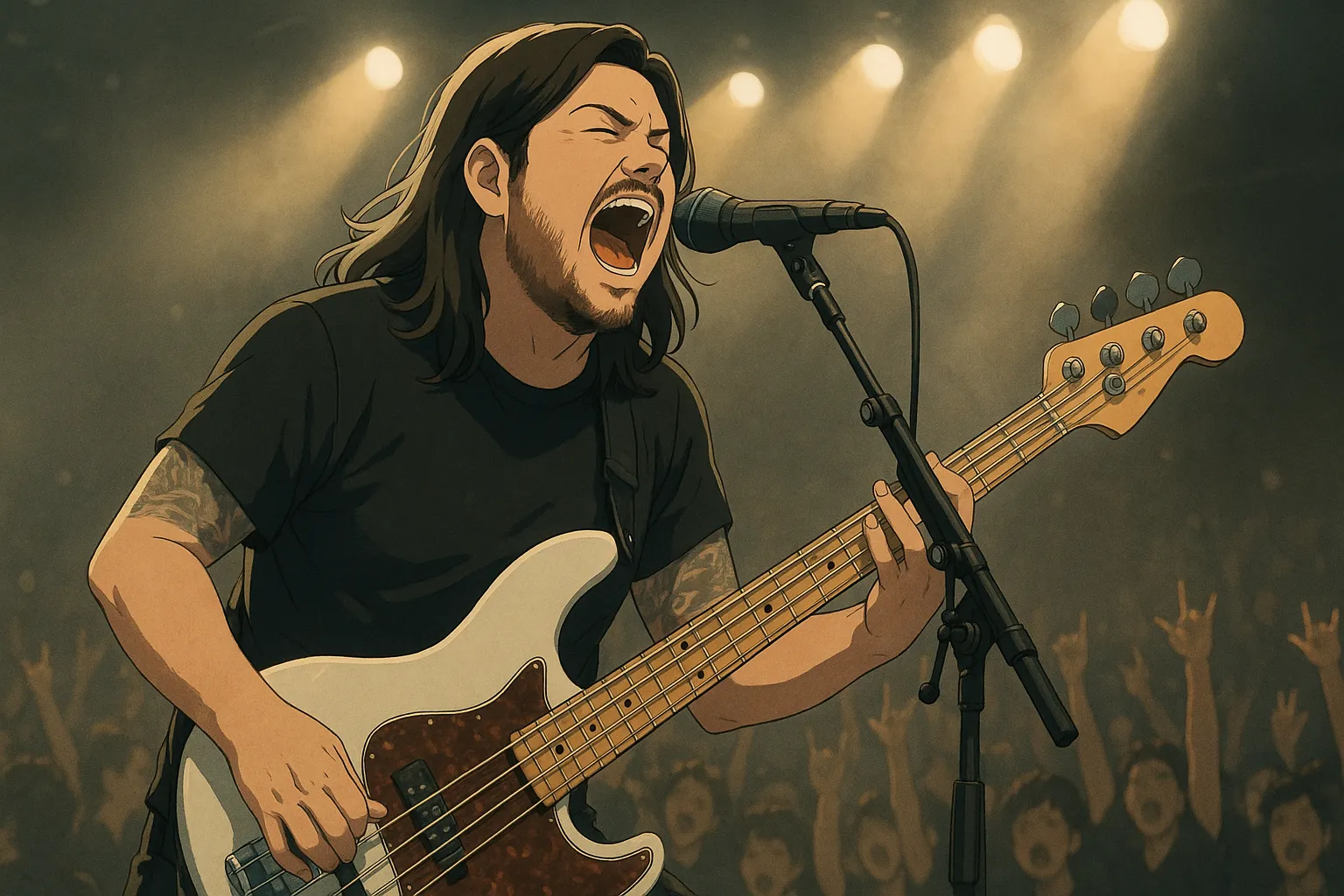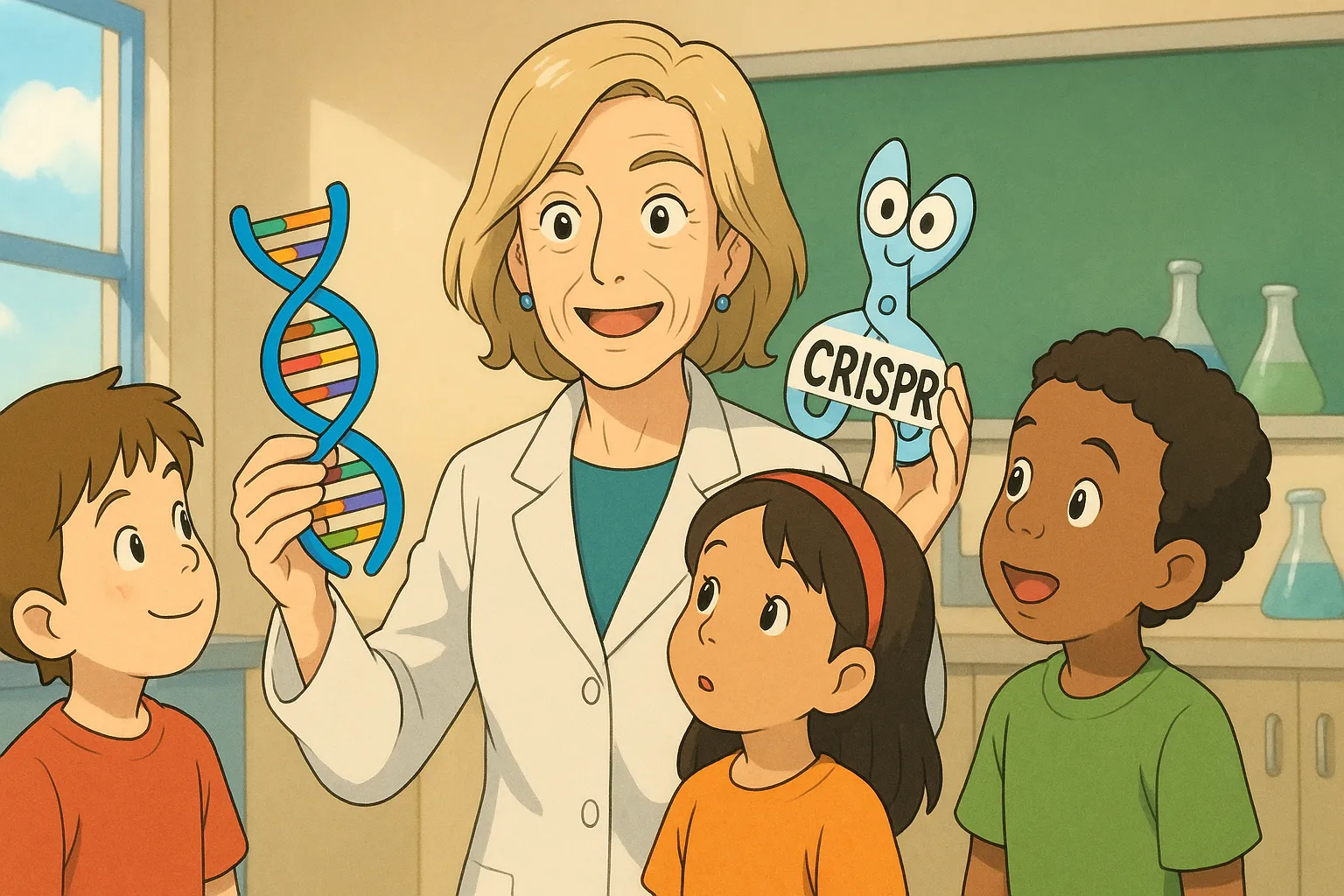
Frequently Asked Questions
What does 'CRISPR' stand for?
CRISPR stands for "clustered regularly interspaced short palindromic repeats" — a natural pattern in bacterial DNA that scientists repurposed as a precise gene-editing tool.
What is the Innovative Genomics Institute?
The Innovative Genomics Institute is a research center Doudna helped start to develop gene-editing tools for health and agriculture, and to study safety, ethics, and responsible uses.
Can CRISPR cure diseases?
Scientists are using CRISPR in careful studies and clinical trials to treat some genetic conditions, but most treatments are still being tested to make sure they are safe and effective.
How can I become a scientist like her?
Be curious, ask questions, read about nature, enjoy experiments, study math and science, and work with others—many scientists started by exploring and tinkering as kids.
